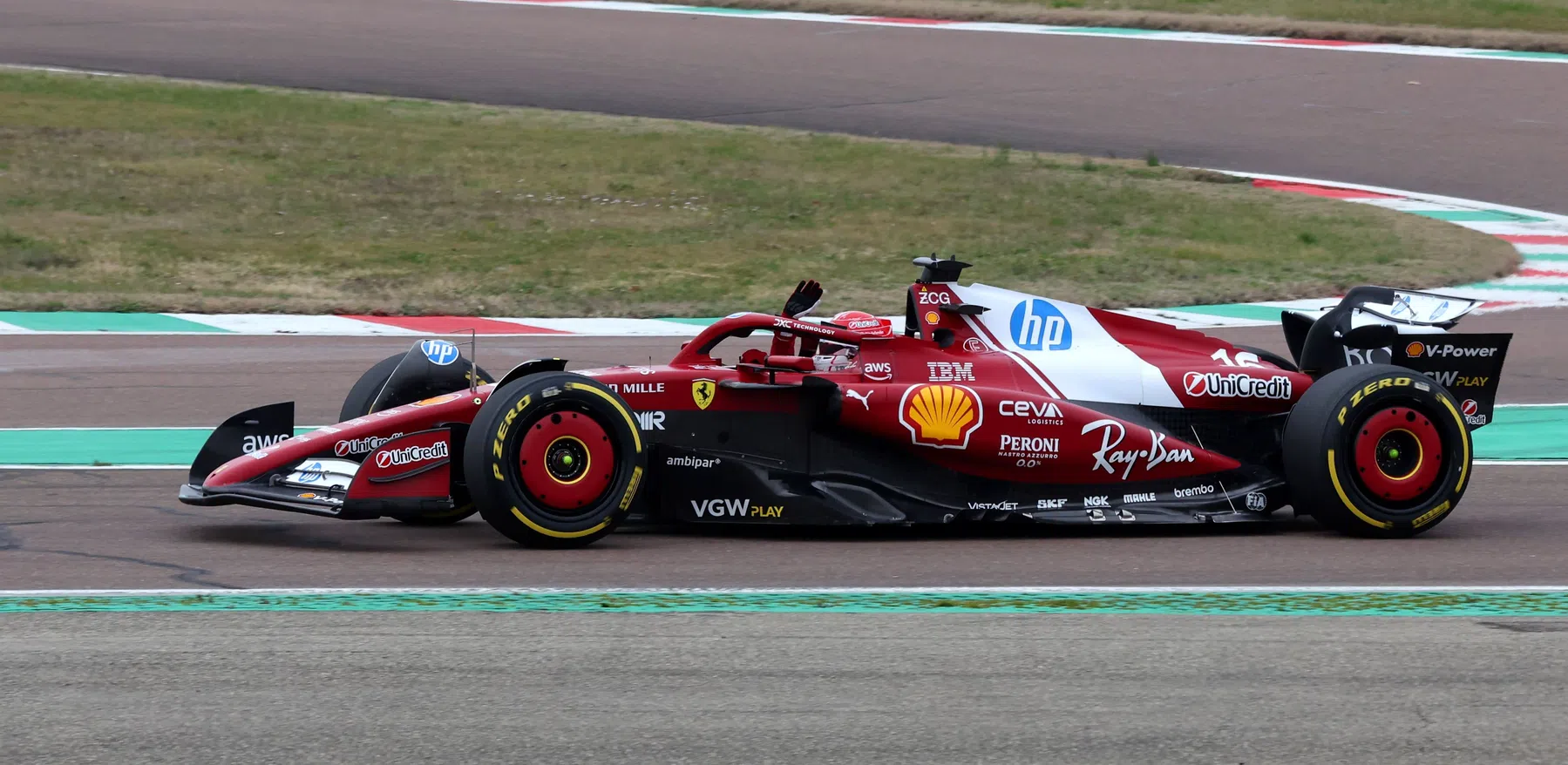Ferrari gives insight into '25 development: 'Every millisecond relevant'
F1 News

- Ludo van Denderen
Loïc Serra, who played a key role in Mercedes' success as Performance Director, has now transitioned to Ferrari as their Chassis Technical Director. With the team eager to reclaim a world title, Serra will be integral in their efforts. The SF-25, which is built on last year's concept but incorporates several new components, could be the car that propels Ferrari to the top.
Considering how much the car has changed compared to last year, do you expect a longer learning curve compared to your rivals at the start of the season?
Serra: "So the car is more of a continuity of the previous car. So effectively, we've changed a lot of parts. We've changed most of the parts on the car. But the main performance concept remains the same. So I actually don't expect a learning curve that is steeper than last year. Hopefully, the development rate will be will be boosted compared to what it was at the end of last season. But not expecting necessarily to operate the car in a very different place."
Of course, 2025 has just started, but everyone is looking at 2026 as well. How do you view the technical set of regulations after the last updates or clarifications?
“Well, 2025 is going to be quite a difficult season, quite a challenging season. So if you think about it, we've got to develop two cars, two very different animals during the same year. And as you alluded to, the 2026 regulation is quite different, very different, because it's affecting the power units, affecting the chassis, the tyres are different as well. So this is going to be a big challenge.
"Also, we know we have an SF25 where every millisecond will count. And it's getting more and more difficult to find that performance. But these milliseconds are relevant, whereas a blank page of paper for the 2026 car, we have a very steep development rate. So it will also be very difficult to balance the development of the two. So we're looking forward to it.
Can you tell us the main difference between Mercedes-Benz and Ferrari that you have seen in your first month in Maranello? In the organisation of the team or in the tools you can use to develop the car?
"Well, first of all, I'm in a different role now. So my vision of the team is very different. My perspective of the team is very different. And then I think what I find of Ferrari is talent, motivation and all the ingredients to move forward."
How do you see your role this year compared to the one you had before at Mercedes-Benz? And where do you think you can improve this car as technical director?
"So it's true that the role is an evolution compared to what I've been doing before. I am very fortunate to be surrounded by very skilled and experienced people in different areas. And they are helping me a lot in that regard. As where we can improve the car, I think it's, as we said earlier, it's every single detail we can.
"So if you think about the grid last year, the car in front of us was around 30 milliseconds faster than us. And when you have this in mind, you're thinking, well, OK, but then every millisecond we find, it being on the aerodynamic side, it being on the suspension side, it being on the tyre management side, will count."
Many times we talk about the way of driving of two drivers, and sometimes we hear that Lewis and Charles have a similar way of driving. The question is, today, in which terms the driver can help the development of the car?
"So I think one of the most important aspects of the driver feedback on the car is effectively describing the limitation of the car on tracks, and describing what it needs to go faster. So most of the development nowadays is done virtually, and the virtual is not the real. So this element of what do we need to do to make the car faster, which is pretty much the human... You know, maybe the human can describe this.”
This article was written in collaboration with Toby Nixon
Want more Formula 1? Then follow GPblog on our various social media channels too!

